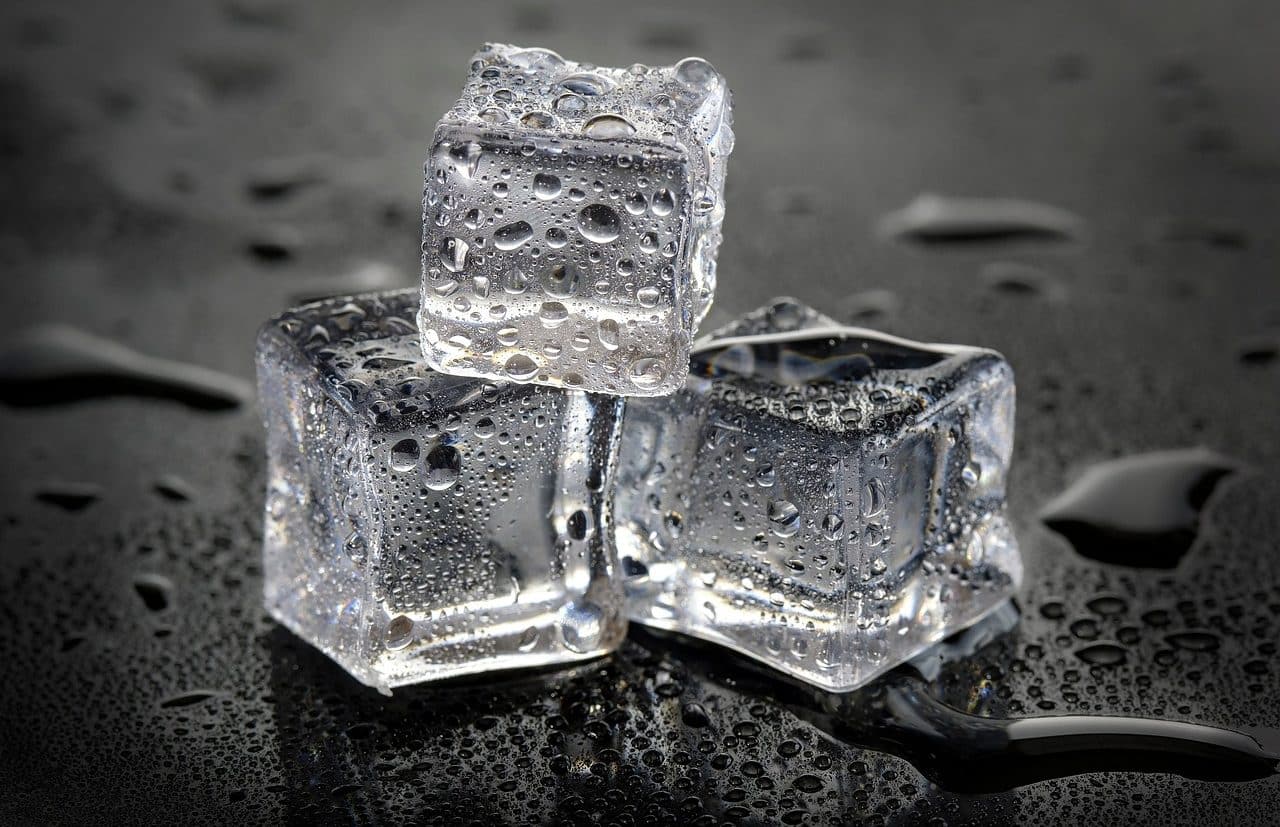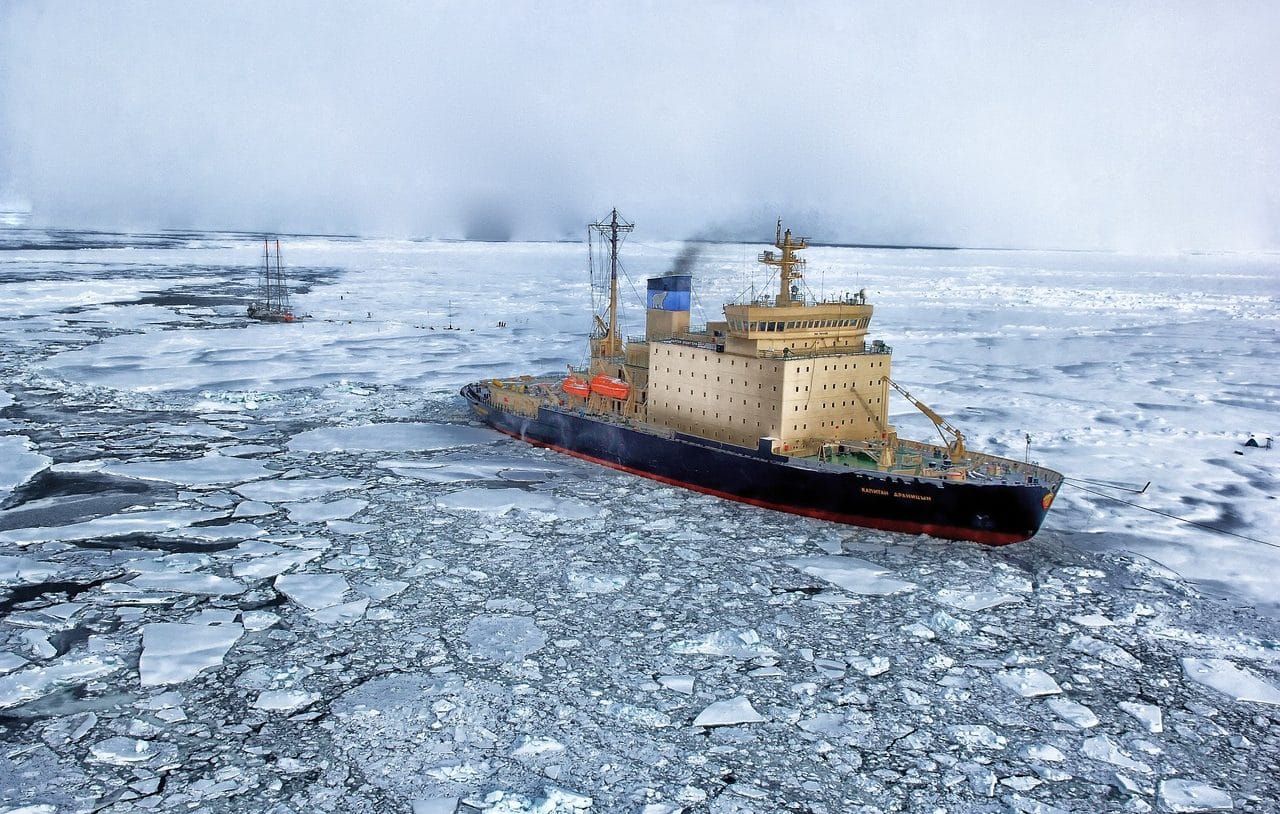
Ice is frozen water.
Ice is a term that comes from the Latin gelum and refers to H2O that is transformed into a crystalline body with solid characteristics. This conversion of water occurs from a drop in temperature . In the case of pure water found at sea level, freezing and its transformation into ice occurs at 0 degrees Celsius .
There are few substances that, when frozen, reduce their density and increase their volume. Thanks to this particularity, the seas found at the Poles do not freeze completely, since the ice remains floating on the surface and is subject to variations in atmospheric temperature. In this way and over time, the ice melts or becomes an iceberg .
Different types of ice
Dry ice , also known as dry ice , is the solid state of CO2 . When it evaporates or sublimes, it does not produce traces of moisture (hence dry ice). As its sublimation point is very low and it also does not leave liquid waste, dry ice is a widely used refrigerant .
Blue ice , on the other hand, is the result of the phenomenon that occurs when it snows on a glacier . The temperature causes the snow to compress, incorporate into the glacier in question and be dragged by it towards a lake, river or even sea . During the journey, the air bubbles that were in the ice are released and the size of the crystals increases, making them more translucent.

The ice makes navigation difficult.
Cryogenics
At the time of World War II , a group of scientists discovered that frozen metals were very resistant to wear. Supported by this theory, a company called CryoTech was founded in 1966 , which marked the beginning of the commercial cryogenic processing industry . The objective of this company was to achieve, through cold treatment, durability up to four times greater than that obtained using heat .
The main theory was derived from heat treatment which, in the case of metals, consisted of bringing them to a very high temperature and slowly lowering it; Cryogenics proposed that this descent cross the ambient temperature to reach intense cold , hoping to harden the materials even more.
CryoTech formulated the first version of the cryogenic processor , using liquid nitrogen. However, the beginnings were not very lucky for scientists, since certain components did not withstand the sudden cooling. Some even burst into pieces during the process. The stability of the experiments increased along with computer advances, thanks to the use of faster and more precise equipment that allowed more sophisticated research to be carried out.
In the late 1990s, the field of application of such treatment expanded and helped improve the strength and other characteristics of tube sound amplifiers, baseball bats, golf clubs, racing engines, firearms, knives and knives, among many other products.
Ice in dermatology
In dermatology, cryogenics is used to remove skin defects , such as marks or warts. By bringing the skin of the affected area to temperatures below -150 degrees Celsius, satisfactory and painless results are achieved, at least during the intervention.
In the case of laser treatments, cold can be used as a complement to cause an analgesic effect, as it counteracts the heat of the beam and allows the duration of each application to be extended.
Figurative use of the term
In a figurative sense, the word ice refers to a carefree and selfish attitude, lacking emotions and typical of someone who is not moved, for example, by the misfortune of others.
«Marcos seems like ice, he is not moved by anything» y "I'm not made of ice: it hurts me that the people around me are suffering" son muestra de esta acepción del concepto.
